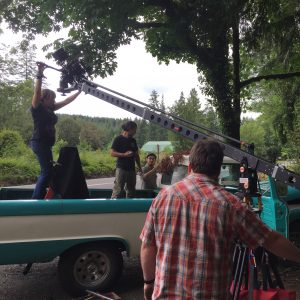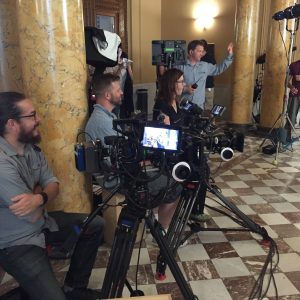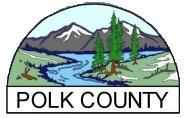By Robert Parker
According to the Oregon Governor’s Office on Film and Media (known as Oregon Film), “Oregon’s history in the media industry dates back to the silent film era of the early 1900s. Several of the earliest “studios” were located here, and since then over 400 feature films and television projects have been produced in Oregon (as well as hundreds of commercials and interactive games). ”
Oregon Film promotes the development of the film, television, commercial, and interactive industry in Oregon. Oregon Film works to increase revenues, profile, and reputation of Film and Media both within and outside Oregon. In short, it’s Oregon Film’s job to advocate for development of Oregon’s media sector.
Oregon Film has several incentive programs used a tools used to recruit out-of-state productions as well as help locally-owned companies to become more competitive. Oregon is not unique in using this type of tool to bolster the local media sector. Incentive programs are offered in at least 36 states, as well as in Canada. Broadly, the purpose of the incentive programs is to expand Oregon’s media sector. Here are a few of the recent productions supported by Oregon Film:
You can keep up with current events in Oregon’s media sector at “The Confluence,” a media focused blog.
In February, 2017 CSC completed a project for Oregon Film titled “Oregon’s Growing Media Sector: Perceptions and Impacts.” CSC worked in cooperation with the Northwest Economic Research Center (NeRC) at Portland State University on the project. You can access the NeRC report here. With respect to the economic impacts of the media sector, NeRC concludes:
In 2007 total economic impacts of the media sector were $1.39 billion in economic output, $625 million in labor and other income, and 13,336 jobs. The sector experienced continued growth and in 2011 total economic impacts were $1.42 billion in economic output, $724 million in labor and other income, and 12,243 jobs.
Based on survey responses and interviews, Oregon Film incentives appear to be expanding opportunities for professionals and businesses within the media sector.
- Oregon firms are more competitive. The incentive programs have allowed Oregon-headquartered businesses to become more competitive when attracting out of state work and offer a higher quality of work to other indigenous companies at a price those companies can afford. These companies have invested money into equipment that will allow them to continue handling specialized work and further grow their businesses.
- Incentives create jobs. The incentives contributed to the sampled Oregon companies being able to produce an estimated 276 projects. These additional productions resulted in an estimated 203 full time equivalent positions. A strong majority of respondents intend to grow their business within the next five years. Nearly all the businesses felt that Oregon Film incenti
 ves would help them with their planned growth. The NeRC report supports this finding, concluding “Incentivized productions directly provided an over 1500 above-average wage jobs and an annual average total of $93 million in income to Oregonians working in the industries between 2012 and 2015.”
ves would help them with their planned growth. The NeRC report supports this finding, concluding “Incentivized productions directly provided an over 1500 above-average wage jobs and an annual average total of $93 million in income to Oregonians working in the industries between 2012 and 2015.” - Incentives attract productions to Oregon. The incentive programs are also bringing productions from other states to Oregon. These productions are providing large numbers of jobs to Oregonians. Survey respondents estimated that they hired more than 3,000 Oregonians for work on their projects. The number of additional employees they stated they hired because of receiving incentives ranged from a couple of freelancers to over 600. While most these positions were part-time or limited duration, they contribute to Oregon’s economy and in aggregate provided incomes for many media sector professionals within the state. These jobs pay a higher wage than many occupations in Oregon.
The results of the CSC study clearly conclude that the incentive programs administered by Oregon Film have an impact. The incentives are helping indigenous businesses expand, attracting out of state productions to Oregon, and improving perceptions of the media sector business climate in Oregon. Moreover, our research shows that Oregon Film is highly respected by media sector professionals, is doing a good job of administering the incentive programs, and is providing a high level of customer service. It also suggests that expanded incentive programs would support additional growth in the sector and support emerging areas such as video games.

